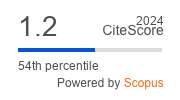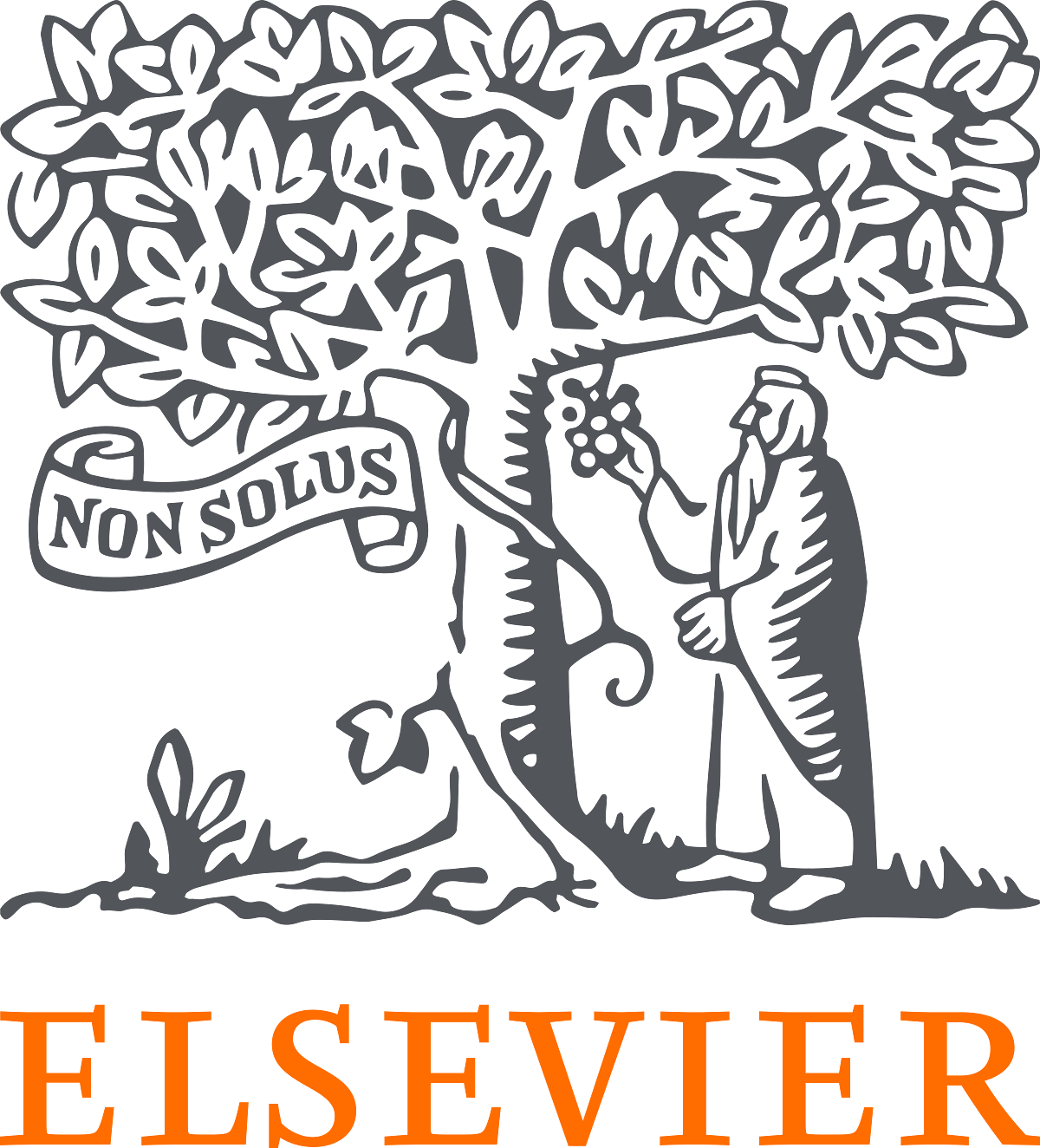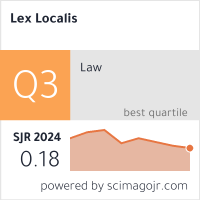Povezovanje podobe znamke destinacije, lastne skladnosti in vedenja turistov: študija primera na lokalnem zdravilišču
DOI:
https://doi.org/10.4335/16.2.293-310(2018)Ključne besede:
podoba znamke destinacije • teorija lastne skladnosti • vedenjske namere turistov • lokalno zdravilišče, podoba znamke destinacije, teorija lastne skladnosti, vedenjske namere turistov, lokalno zdraviliščePovzetek
S študijo želimo raziskati odnos med podobo znamke destinacije, lastno skladnostjo in vedenjskimi namerami turistov v lokalnem zdravilišču. Ugotovitve kažejo, da domači turisti (N=232), ki obiščejo zdravilišče, takšni destinaciji pripisujejo osebnostne značilnosti in da je podoba znamke takšnega zdravilišča kombinacija petih dimenzij, ki so pozitivno povezane z namerami turistov, da se na lokacijo vrnejo in jo priporočijo naprej. Izsledki študije tudi potrjujejo, da se lahko teorija lastne skladnosti uporabi za zdravilišče, saj so bili ugotovljeni pozitivni odnosi med vsemi štirimi dimenzijami lastne skladnosti in namerami. Ne glede na to pa naša raziskava razkriva, da obstaja negativna, čeravno nepomembna povezava med družbeno lastno skladnostjo in namero po vrnitvi.
Literatura
Aaker, J. (1997) Dimensions of Brand Personality, Journal of Marketing Research, 34(3), pp. 347-356, doi: 10.2307/3151897.
Apostolopoulou, A., & Papadimitriou, D. (2015) The Role of Destination Personality in Predicting Tourist Behaviour: Implications for Branding Mid-Sized Urban Destinations, Current Issues in Tourism, 18(12), pp. 1132-1151, http://dx.doi.org/10.1080/13683500.2013.878319
Baloglu, S., Henthorne, T. L., & Sahin, S. (2014) Destination Image and Brand Personality of Jamaica: A Model of Tourist Behavior, Journal of Travel & Tourism Marketing, 31(8), pp. 1057-1070, https://doi.org/10.1080/10548408.2014.892468.
Beerli, A., Meneses, G. D., & Gil, S. M. (2007) Self-congruity and Destination Choice, Annals of Tourism Research, 34(3), pp. 571-587, https://doi.org/10.1016/j.annals.2007.01.005.
Boksberger, P., Dolnicar, S., Laesser, C., & Randle, M. (2011) Self-congruity Theory: To What Extent Does it Hold in Tourism?, Journal of Travel Research, 50(4), pp. 454-464, https://doi.org/10.1177/0047287510368164.
Chen, C. F., & Phou, S. (2013) A Closer Look at Destination: Image, Personality, Relationship and Loyalty, Tourism management, 36, pp. 269-278, https://doi.org/10.1016/j.tourman.2012.11.015
Chon, K. S. (1992) Self-Image/Destination Image Congruity, Annals of Tourism Research, 19(2), pp. 360-363, https://doi.org/10.1016/0160-7383(92)90090-C
Ekinci, Y. (2003) From Destination Image to Destination Branding: An Emerging Area of Research, E-review of Tourism Research, 1(2), pp. 1-4, http://agrilifecdn.tamu.edu/ertr/files/2012/09/138_c-1-2-1.pdf.
Ekinci, Y., & Riley, M. (2003) An Investigation of Self-Concept: Actual and Ideal Self-Congruence Compared in the Context of Service Evaluation, Journal of Retailing and Consumer Services, 10(4), pp. 201-214, https://doi.org/10.1016/S0969-6989(02)00008-5.
Ekinci, Y., Hosany S. (2006) Destination Personality. An Application of Brand Personality to Tourism Destinations, Journal of Travel Research, 45, pp. 127-139, doi: 10.1177/0047287506291603.
Giraldi, A. (2013) Destination Personality, Self-Congruity and Tourism Behaviour. The Case of the City of Rome, available at: http://www.marketing-trends-congress.com/archives/2013/pages/PDF/711.pdf (November 20, 2017).
Glińska, E., & Kilon, J. (2014) Desirable Traits of the City Brand Personality in the Opinion of Managers for the Promotion of the City Government in Poland, Procedia-Social and Behavioral Sciences, 156, pp. 418-423, https://doi.org/10.1016/j.sbspro.2014.11.214.
Goh, H. K., & Litvin, S. W. (2000) Destination Preference and Self-Congruity, In: Travel and Tourism Research Association annual conference proceedings (San Francisco Valley, CA. Boise, ID: Travel and Tourism Research Association), pp. 197-203
Helgeson, J. G., & Supphellen, M. (2004) A Conceptual and Measurement Comparison of Self-Congruity and Brand Personality; The Impact of Socially Desirable Responding, International Journal of Market Research, 46(2), pp. 205-236.
Hosany, S., Ekinci, Y., & Uysal, M. (2006) Destination Image and Destination Personality: An Application of Branding Theories to Tourism Places, Journal of Business Research, 59(5), pp. 638–642, https://doi.org/10.1108/17506180710729619.
Kaplan, M., Yurt, O., Guneri, B., & Kurtulus, K. (2010) Branding Places: Applying Brand Personality Concept to Cities, European Journal of Marketing, 44(9/10), pp. 1286-1304, https://doi.org/10.1108/03090561011062844.
Kiliҫ, B., Sop S.A. (2012) Destination Personality, Self-Congruity and Loyalty, Journal of Hospitality Management and Tourism, 3(5), pp. 95-105, doi: 10.5897/JHMT12.024.
Kneesel, E., Baloglu, S., & Millar, M. (2010) Gaming Destination Images: Implications for Branding, Journal of Travel Research, 49(1), pp. 68-78, doi: 10.1177/0047287509336474.
Kumar, V. (2016) Examining the Role of Destination Personality and Self-Congruity in Predicting Tourist Behavior, Tourism Management Perspectives, 20, pp. 217-227, https://doi.org/10.1016/j.tmp.2016.09.006.
Kumar, V., & Nayak, J. K. (2014) The Measurement & Conceptualization of Destination Personality, Tourism Management Perspectives, 12, pp. 88-93, https://doi.org/10.1016/j.tmp.2014.09.002.
Li, X. (2009) An Examination of Effects of Self-Concept, Destination Personality, and SC-DP Congruence on Tourist Behavior (Doctoral dissertation), available at: http://theses.lib.vt.edu/theses/available/etd-10102009-180207/unrestricted/Li_XP_D_2009.pdf (October 20, 2017).
Litvin, S. W., & Goh, H. K. (2002) Self-Image Congruity: A Valid Tourism Theory?, Tourism Management, 23(1), pp. 81-83, doi: 10.1016/S0261-5177(01)00065-6.
Liu, C. R., Lin, W. R., & Wang, Y. C. (2012) Relationship Between Self-Congruity and Destination Loyalty: Differences Between First-Time and Repeat Visitors, Journal of Destination Marketing & Management, 1(1), pp. 118-123, https://doi.org/10.1016/j.jdmm.2012.05.002.
Matzler, K., Strobl, A., Stokburger-Sauer, N., Bobovnicky, A., & Bauer, F. (2016) Brand Personality and Culture: The Role of Cultural Differences on the Impact of Brand Personality Perceptions on Tourists' Visit Intentions, Tourism Management, 52, pp. 507-520, https://doi.org/10.1016/j.tourman.2015.07.017.
Meer, L. (2010) Communicating Destination Brand Personality: The Case of Amsterdam (Dissertation paper) (Breda: University of Applied Sciences NHTV).
Morgan N., Pritchard A., Pride R. (2011). Destination Brand Managing Place Reputation. (Great Britain: Elsiever).
Murphy, L., Benckendorff, P., Moscardo, G. (2007) Linking Travel Motivation, Tourist Self-Image and Destination Brand Personality, Journal of Travel &Tourism Marketing, 22(2), pp. 45-59, http://dx.doi.org/10.1300/J073v22n02_04.
Opoku, R. A. (2009) Mapping Destination Personality in Cyberspace: An Evaluation of Country Web Sites Using Correspondence Analysis, Journal of Internet Commerce, 8(1-2), pp. 70-87.
Pan, L., Zhang, M., Gursoy, D., & Lu, L. (2017) Development and Validation of a Destination Personality Scale for Mainland Chinese Travelers, Tourism Management, 59, pp. 338-348, https://doi.org/10.1016/j.tourman.2016.08.005.
Pitt, L. F., Opoku, R., Hultman, M., Abratt, R. & Spyropoulou, S. (2007) What I Say About Myself: Communication of Brand Personality by African Countries, Tourism Management, 28(3), pp. 835-844, https://doi.org/10.1016/j.tourman.2006.06.003.
Santos, C. A. (2004) Framing Portugal: Representational Dynamics, Annals of Tourism Research, 31(1), pp. 122-138, https://doi.org/10.1016/j.annals.2003.08.005.
Sirgy, G., Grewal, D., Magleburg, P., Chon, K., Claiborne, C., Johar, J., Berkman, H. (1997) Assessing the Predictive Validity of Two Methods of Measuring Self-Image Congruence, Journal of The Academy of Marketing Science. 25(3), pp. 229-241.
Sirgy, M., Su, C. (2000) Destination Image, Self-Congruity, and Travel Behaviour: Toward an Integrative Model, Journal of Travel Research. 38, pp. 340-352, https://doi.org/10.1177/004728750003800402.
Usakli, A. (2009) The Relationship Between Destination Personality, Self-Congruity, and Behavioral Intentions (UNLV Theses, Dissertations, Professional Papers, and Capstones. 976) (Las Vegas: UNLV).
Usakli, A., & Baloglu, S. (2011). Brand Personality of Tourist Destinations: An Application of Self-Congruity Theory, Tourism management, 32(1), pp. 114-127.
Ye, S. (2012) The Impact of Destination Personality Dimensions on Destination Brand Awareness and Attractiveness: Australia as a Case Study, Turizam: međunarodni znanstveno-stručni časopis, 60(4), pp. 397-409.
Zikmund, W. G. (2003) Business Research. Methods, 7th ed. (USA: Thomson Learning, South-Western).








